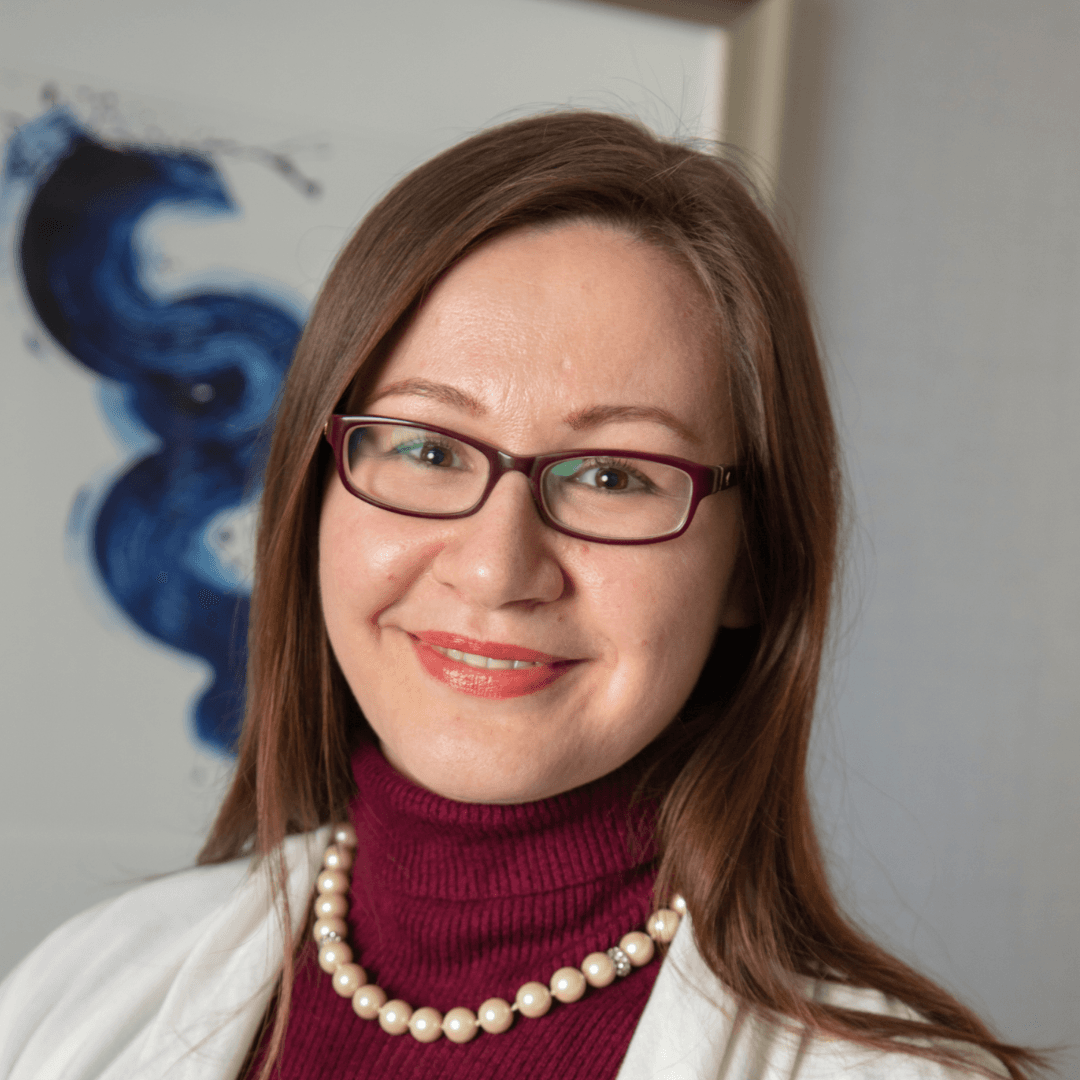The menstrual cycle is a carefully regulated sequence of events that prepares the female body for a potential pregnancy. It starts with the follicular phase, which includes menstruation and the maturation of the ovarian follicle. This is followed by ovulation (mature follicle releases egg) and then by the luteal phase (during which the egg moves through fallopian tubes); if pregnancy doesn’t occur, then the cycle re-starts again with the follicular phase and menstruation.[1]
These events are primarily driven by hormonal communication between the brain (specifically, the hypothalamus and pituitary gland) and the female reproductive system, collectively called the hypothalamic-pituitary-ovarian (HPO) axis.[2] The first menstruation (menarche) occurs around age 12 (median; range of 10-16), and reoccurs regularly every 24 to 38 days,[3] stopping at menopause (near age 50), which signifies the end of reproductive fertility. The menstrual cycle also stops during pregnancy and often during lactation.[4]



